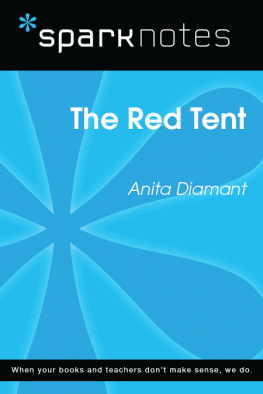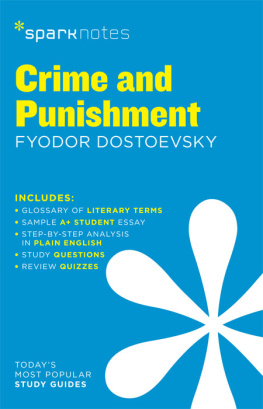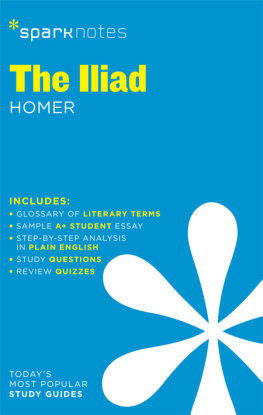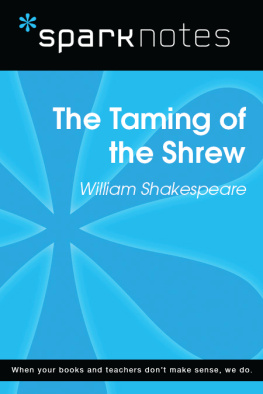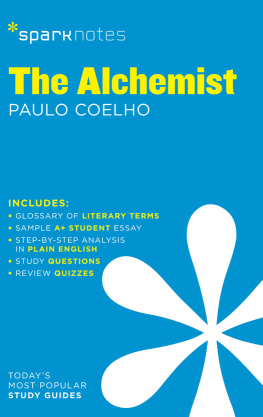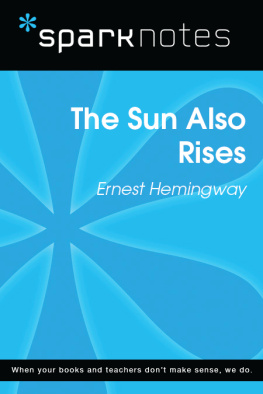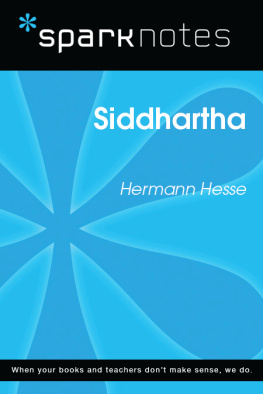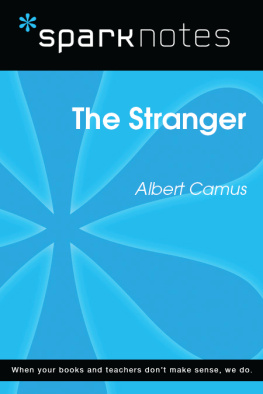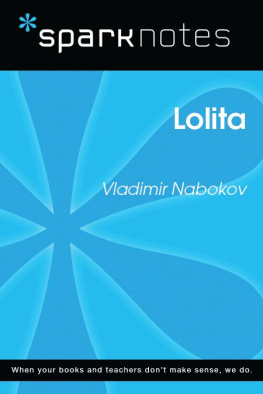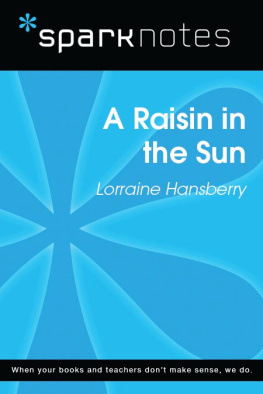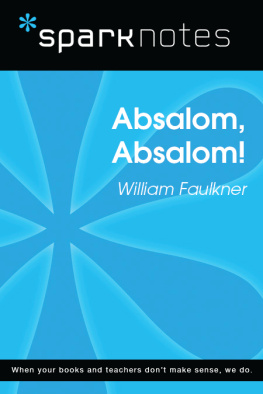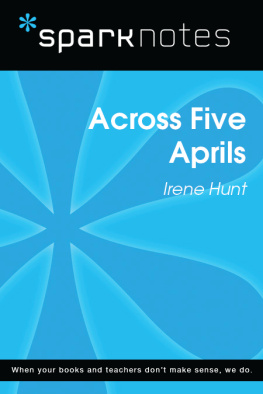The Red Tent
Anita Diamant
2003, 2007 by Spark Publishing
This Spark Publishing edition 2014 by SparkNotes LLC, an Affiliate of Barnes & Noble
All rights reserved. No part of this publication may be reproduced, stored in a retrieval system, or transmitted in any form or by any means (including electronic, mechanical, photocopying, recording, or otherwise) without prior written permission from the publisher.
Sparknotes is a registered trademark of SparkNotes LLC
Spark Publishing
A Division of Barnes & Noble
120 Fifth Avenue
New York, NY 10011
www.sparknotes.com /
ISBN-13: 978-1-4114-7730-8
Please submit changes or report errors to www.sparknotes.com.
10 9 8 7 6 5 4 3 2 1
Context
Anita Diamant, the daughter of two Holocaust survivors, was born on June 27, 1951, in New York City. She spent much of her early childhood in Newark, New Jersey, before moving to Denver, Colorado, at age twelve. She attended the University of Colorado for two years, then transferred to Washington University in St. Louis, Missouri, where she received a bachelors degree in comparative literature in 1973. She went on to earn a masters degree in English from the State University of New York at Binghamton in 1975. She settled just outside Boston, where she lives with her husband and teenaged daughter, Emilia.
Diamant began her career as a freelance journalist in the Boston area in 1975. Over the years, she has written for local, regional and national magazines and newspapers, including the Boston Phoenix, the Boston Globe, and Boston Magazine, as well as New England Monthly, Yankee, Self, Parenting, Parents, McCalls, and Ms. In 1985, she began writing about contemporary Jewish practice and the Jewish community, publishing articles in Reform Judaism magazine, in Hadassah magazine, and on the webzine www.jewishfamily.com. She has also written seven handbooks on contemporary Jewish life and lifecycle events.
In The Red Tent, her first novel, Diamant transforms the brief but violent story found in Genesis 34 about Dinah, the only daughter of Jacob, into a full-length work. In an article from Reform Judaism Magazine, Diamant says I did not set out to explain or rewrite the biblical text, but to use Dinahs silence to try to imagine what life was like for women in this historical period. One does not need to be familiar with the book of Genesis to appreciate The Red Tent; Diamant carefully carries readers who are not familiar with the backbone of the story. In fact, those who are familiar with the story are often surprised by Diamants version: the author changes substantial portions of the Bibles narrative, which focuses primarily on men and their relationships with God, in order to make her novel a story of women and their relationships with one another.
The Red Tent has been quite controversial, because its narrative adapts the biblical story of Jacobs family. Some critics, mainly devout Jewish and Christian scholars, believe Diamant essentially blasphemes against the Bible in her version of Dinahs life, changing basic elements of the stories of Jacob and his wives and presenting Leah and Rachel as polytheistica representation that directly contradicts the Judeo-Christian belief that Leah and Rachel were the matriarchal founders of the Jewish people and pioneers of monotheism.
Less devoutly religious readers have sometimes categorized The Red Tent as a midrash, or a story that attempts to fill in gaps in the Bible. The term midrash is based on the Jewish word for interpretation or exegesis. Classical midrashim (plural) are interpretive teachings, often used by ancient rabbis to more clearly illustrate the meanings behind the Bibles text. Modern midrashim attempt to make stories from the Bible more applicable to readers today. Biblical stories about women tend to be abbreviated and seemingly less important, and many contemporary female writers have turned to the art of midrash-making to cast new light on such figures as Lilith (Adams first wife, who was created as his equal), Serah bat Asher (a descendant of Jacob who leads Moses to Josephs coffin prior to the Exodus), and Miriam (a prophetess). According to Professor Howard Schwartz of the University of Missouriquoted in the Bonny Fetterman articlethis act of midrash-making is a continuing process of the reintegration of the past into the present. Each time this takes place, the tradition is transformed and must be re-imagined. And it is this very process that keeps the tradition vital and perpetuates it.
The Red Tent goes beyond the traditional function of midrashim, because Diamants novel fills in the gaps of the Genesis story and removes the story from its religious context entirely. In Genesis, the stories of Jacob and his offspring are part of an evolving relationship between God and the descendants of Abraham, and Diamants narrative simply does not fit into this sequence of events. Diamant herself has stated emphatically that her novel is not a midrash, but simply a novel based on a biblical character. In a biography provided by Simon & Schuster, Diamant says: The Red Tent is not a translation but a work of fiction. Its perspective and focusby and about the female charactersdistinguishes it from the biblical account, in which women are usually peripheral and often totally silent. By giving Dinah a voice and by providing texture and content to the sketchy biblical descriptions, my book is a radical departure from the historical text. Thus she acknowledges how her fictional text differs from the biblical text, and, as a fiction author, she does not expect her readers to accept her version of Dinahs life as the true version. Her intent in writing The Red Tent was to provide Dinah with an opportunity to speak, , an opportunity not found in the Bible. Diamant seems interested in Dinah solely as a human characternot as a part of the Bible in need of exegesis or explanation.
Regardless of its label, the novels success is impressive. The Red Tent was first printed in 1997 with no advertising budget. It received few reviews in major newspapers or magazines and instead found its success through word of mouth, the loyalty of its readers, the support of independent bookstores, and help from clergy, some of whom even preached about The Red Tent from the pulpit. The novel went on to become a New York Times best-seller and Booksense Book of the Year 2001. Since its publication, Diamant has written another novel, Good Harbor.
Plot Overview
Dinah, the narrator, opens The Red Tent by introducing herself and explaining that she is reciting the memories of her life and her mothers livesbecause without a daughter to tell the story, a womans history does not live on. Dinah focuses initially on the stories of her mothers, the four wives of JacobLeah, Rachel, Zilpah, and Bilhahand how they come to be married to the same man. Jacob is threatened with death by his twin brother, Esau, in their home of Canaan and goes to Haran to seek out his uncle Laban and marry one of his daughters. He meets Rachel and immediately loves her, for she is uncommonly beautiful. Leah, who is older, begins to love him. On Rachel and Jacobs wedding day, Zilpah convinces Rachel (who is afraid of the wedding night) to let Leah wear the bridal veil and marry Jacob. She does, and Leah and Jacob spend a blissful honeymoon week together. Then Rachel realizes she has been tricked and marries Jacob herself several months later. By then, Leah is pregnant. Laban offers his two illegitimate daughters, Zilpah and Bilhah, as part of his other daughters dowries to serve as Jacobs concubines. One by one, they all bear sonsLeah bears six sons, and Zilpah and Bilhah bear two eachexcept Rachel, who miscarries for years and eventually becomes a midwife. At last, Leah bears the only daughter, Dinah. Shortly thereafter, Rachel gives birth to two healthy sons, Benjamin and Joseph.

